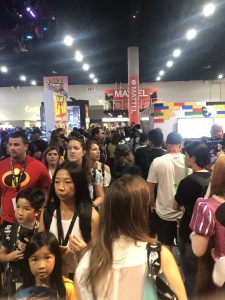6 Trends and Takeaways from Comic-Con
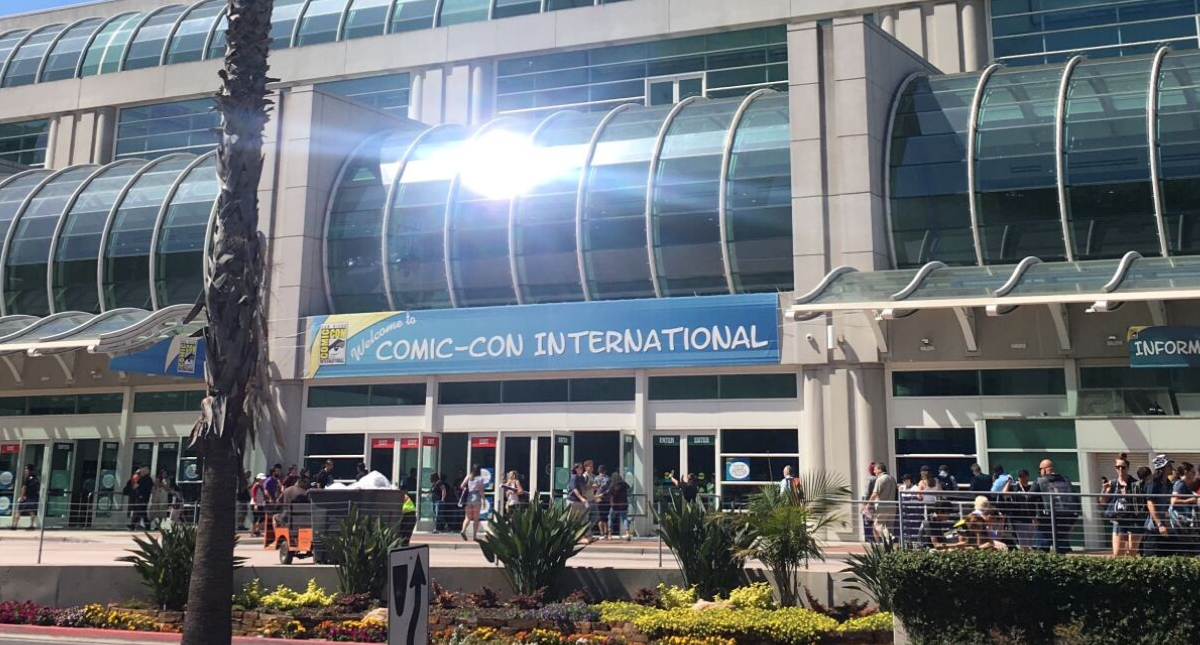
In addition to all the awesome swag, we left San Diego with a metaphorical lootbag chock full of insights. Lucky for you, we’re willing to share.
The key to brand longevity is a solid, devoted fanbase, and there is perhaps nowhere on Earth where fans are more visible than the annual San Diego Comic-Con International, which this year celebrated its 50th anniversary. Comic-Con presents the unique opportunity to be on the ground with the world’s uber-fans and see firsthand what brands and products they are responding to, in what has become a very crowded character and entertainment landscape. Here’s what we saw:
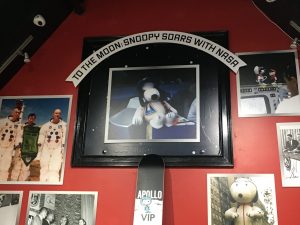
NASA (and Space Travel in General) is Having a Moment
Driven in large part by the 50th anniversary of the Apollo 11 mission to the moon, fans and brands are showing a renewed interest not just in fictional space travel but the real deal. Peanut’s NASA collab got a pop-up museum/store in a prime location just outside the convention center, and NASA itself had a booth in the hall with a VR experience. NASA also hosted a number of panels about the organization’s ongoing search for extraterrestrial life and its efforts to send humans to Mars. As the Apollo 11 mission proved 50 years ago and the anniversary is reminding us, sometimes real-life feats of human bravery and accomplishment can be just as, if not more, exhilarating and unifying than those of fiction.
The Big Ones are Still Big
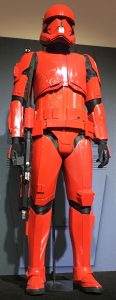 The pure variety of characters and brands on display at Comic-Con can be a bit overwhelming, but for the most part the brands that made the most noise (and stood out in the crowded hall) were the familiar, studio mainstays: Star Wars (unveiled the new Sith Trooper from the forthcoming The Rise of Skywalker), Star Trek (made a big push for the upcoming origins series Picard), Avengers (made sure fans knew that Endgame is far from the end).
The pure variety of characters and brands on display at Comic-Con can be a bit overwhelming, but for the most part the brands that made the most noise (and stood out in the crowded hall) were the familiar, studio mainstays: Star Wars (unveiled the new Sith Trooper from the forthcoming The Rise of Skywalker), Star Trek (made a big push for the upcoming origins series Picard), Avengers (made sure fans knew that Endgame is far from the end).
Given all this, the streamers’ presence felt subdued. Netflix’s Stranger Things and Umbrella Academy had some fan-driven buzz (with UA’s Klaus in particular appearing to be a favorite). While the traditional studios spent big on splashy booths in the hall, the streamers seemed to focus more on content teasers (Netflix’s Dark Crystal in particular had people talking.) One notable exception was Amazon, which had a massive exterior activation located about a half mile from the convention center (free to everyone, not just CC attendees) to promote three upcoming shows: The Boys, Carnival Row and The Expanse.
The heavy focus on streamer content makes sense – originals are now crucial for these platforms with the competitive landscape expanding and studios pulling their back catalogs in-house as they launch their own streaming services.
Villains are the New Heroes
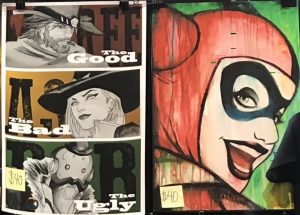 Villains have always been essential to any good plotline, but the glory tends to go to the heroes. Not so anymore though, as villains are increasingly getting the hero treatment in the form of coveted merch, cosplay tributes and standalone content.
Villains have always been essential to any good plotline, but the glory tends to go to the heroes. Not so anymore though, as villains are increasingly getting the hero treatment in the form of coveted merch, cosplay tributes and standalone content.
A few examples: WB’s Suicide Squad featuring an entire crew of supervillains including Deadshot, Harley Quinn, Captain Boomerang and Killer Croc is getting two follow-up films in the next two years; Marvel villain Loki was the inspiration behind the audience-selected winning dress at the annual Her Universe Comic Con fashion show this year; Angelina Jolie will return as Maleficent later this year; Avengers Endgame supervillain Thanos is getting major merch love in the form of toys, apparel, costumes and more.
We could go on and on, but you get the point. The complex, conflicted personas of some of the best bad guys are clearly hitting home with today’s audiences.

A Deep Storyline = Longevity
The most long-lasting brands are built within deep, intricate universes that can explored and mined for decades. Two of the best examples of this – Star Wars and Star Trek – both had great showcases this year. CBS’s Picard, which is set to premiere exclusively on the network’s All-Access streaming platform in early 2020, was featured in a special off-site museum that delved into the life of the starship captain complete with detailed descriptions and artifacts. Meanwhile, Disney had the whole show floor in a tizzy when it revealed an all-new stormtrooper, which will make its debut in the upcoming Star Wars: The Rise of Skywalker – the Sith Trooper. The true brand-building power comes from the book series, that’s what keeps brands (and fanbases) alive in the fallow years between major TV/film releases, bridging the gaps in storylines and telling the before and after that fans are hungry for.
Licensing Takes a Prominent Place at the Fandom Feast
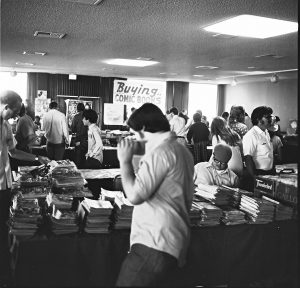 Naturally after 50 years, things were going to change a little bit, but this year those changes were somehow more evident. About 15 years ago, Comic-Con started shifting from comics to pop culture. Now Comic-Con is celebration of fandom as lifestyle and a big part of that lifestyle is the merch that helps you express and celebrate your favorite brands. Enter licensing, which has helped to vastly increase the range and diversity of the types of products now available to fans on the Comic-Con show floor and at retail.
Naturally after 50 years, things were going to change a little bit, but this year those changes were somehow more evident. About 15 years ago, Comic-Con started shifting from comics to pop culture. Now Comic-Con is celebration of fandom as lifestyle and a big part of that lifestyle is the merch that helps you express and celebrate your favorite brands. Enter licensing, which has helped to vastly increase the range and diversity of the types of products now available to fans on the Comic-Con show floor and at retail.
The t-shirt towers aren’t gone, but they are no longer the only show in town, as other merchants showcase eclectic merchandise like cereal, accessories, skateboards, sneakers and more.
Throw in the fact that Comic-Con has now become a family affair with parents and children attending together, and you’ve got a bigger, more diverse fanbase than ever before eager for product to support their passion. This show featured more exclusive products than ever before and fans ate it up. We had reports from the the Borderlands and Star Trek exhibits that they sold every single piece of merch they brought to the show.
Where are the POD Players?
Given the fan-driven nature of Comic-Con, the major print-on-demand players should feel right at home on the show floor and yet they are nowhere to be found. We hear rumors that that is likely to change in future years, and that’s great news, because the fact is, the true essence of Comic-Con is kept alive by the artists. POD platforms have the opportunity to provide some structure and legitimacy in this space, to bring Comic-Con to the masses in a way, long after the convention center doors have closed.



